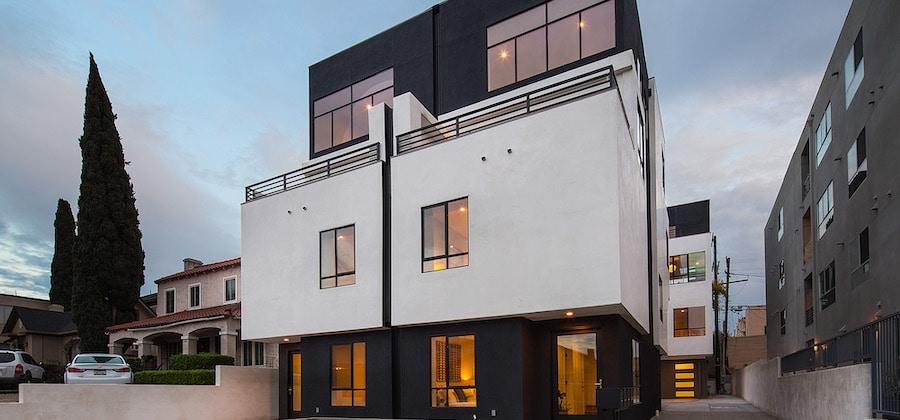
At times the housing crisis can seem just insurmountable. Upwards of 11 million Americans spend half of their monthly take-home pay in rent, an increase of more than 30% over the last five years. Almost 25% of housing markets across the country are considered to be unaffordable for the vast majority of citizens. Many different factors influence the rising cost and availability of housing. But there is one that is often overlooked – the design of housing developments. One way to avoid the mistakes of the past and work towards building a better housing future is to think about design from multiple perspectives.
New solutions for old problems
It may seem like housing has only recently become an issue. But while the housing affordability problem has grown in size and scope over the past few decades, it is not unique to our time and place. Over the years, both public and private sectors have tried, but largely failed, to solve the problem. Some infamous examples include housing projects, rent control, Section-8 vouchers, and a whole host of other strategies implemented not just locally but also state and nationwide. In order to change this failing narrative investors and developers should consider identifying and embracing entirely new development models.
Small-lot subdivisions
In the early 2000s, the Los Angeles City Planning Department collaborated with designers, developers, investors, city planners and other stakeholders to tackle the issue of affordable housing. Their collaboration led to several policy ideas that they believed would spur affordable housing production. Among the many ideas proposed at the time, one that stands out is the Small Lot Subdivision Ordinance.
The Planning Department introduced the ordinance in 2005. The Small Lot Ordinance regulates the construction of single-family infill housing in commercial and multi-family neighborhoods. It aims to create a new path for home ownership for first-time buyers by permitting developers to sub-divide small lots and build multiple homes.
Buying a home can be a demanding exercise. Aside from the substantial financial costs, there is also reams of paperwork, lots of professional fees, taxes and many other hurdles along the way. Small-lot or zero-lot-line housing aims to scale down homeownership to make it more accessible to potential buyers, without the use of a traditional condo model – instead, small parcels of land are developed and marketed towards entry-level buyers, or those who may be willing to trade size and aesthetic considerations for the ability to get into a home and start building equity immediately.
At the same time, developers can mitigate expensive land costs through subdivision or the ability to build on off-shape parcels of land, in areas that may not be viable for large-scale development. They get the added bonus of saving on costly risk-insurance premiums that come with developing standard condominium projects.
Unintended consequences
Unfortunately, as is often the case, this new small-lot approach was not as effective as hoped for – as evidenced by the continued and growing housing crisis in the Los Angeles Metro area. As land and housing prices in these areas continued to skyrocket, once affordable small-lot developments became increasingly desirable. Instead of providing a pressure-valve for housing, these homes have been scooped up by speculators, investors, and homeowners of means who wish to buy a piece of these now thriving neighborhoods.
This is not entirely the fault of the originators of the small-lot ordinance. Far from being seen as a panacea to get people into housing, small-lot development was and is viewed as one tool out of many to increase the total housing supply in an area, thus theoretically reducing prices. And it was effective in this goal. What planners in the early 2000s could not account for was the dramatic tide of urbanization, the reversal of residents from suburban and rural areas back to the cities, particularly pronounced in high-dollar regions on the coast, like Los Angeles and San Francisco.
_
Small-lot development has a great deal of potential for making housing more accessible, as long as it is used in conjunction with other potential solutions like mixed-income developments, grants to first-time homeowners, and other well-thought-out, rigorously tested solutions. It is not and was never meant to be an all-encompassing solution to the housing crisis. Rather it was meant to be just one tool in a toolbox, a piece of the puzzle that is the modern housing crisis.
Image of Rosewood, a small lot subdivision, courtesy of the The 4Corners Group
